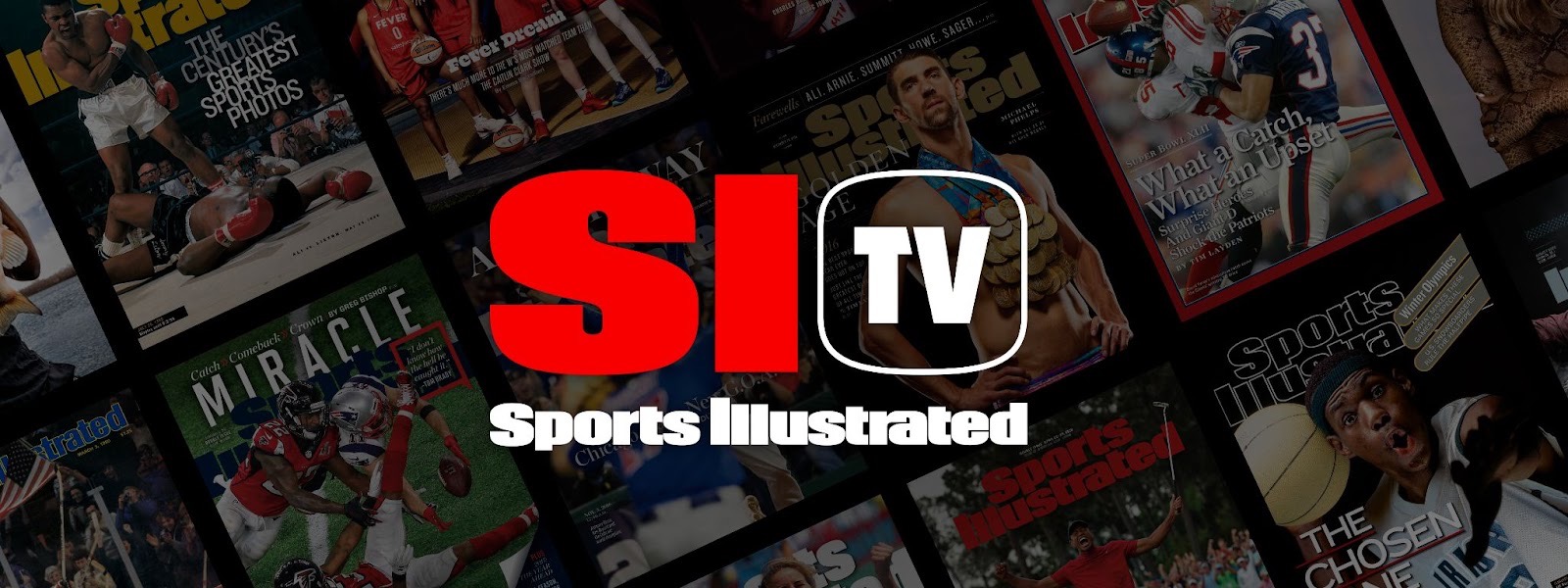While few of the applications listed in the FCC Office of Engineering and Technology’s report listing experimental licenses granted from 6/1/08 to 7/1/08 are on frequencies affecting broadcasters, the licenses include some interesting RF applications.
Boeing Company license WE2XSQ allows use of 50 Hz to 1 MHz for validating lightning protection of aircraft design. Use the FCC OET Experimental Licensing System Call Sign Search to search on WE2XSQ to see how this technology works. It is quite interesting.
Network Transportation Technologies LLC received a license (WE2XOI) allowing use of 24.15 GHz for testing an intersection warning system radar for automotive traffic safety in Plymouth, Minn.
WE2XPI authorizes Vubiq, Inc. to use frequencies as high as 246 GHz for testing and research of RFID and video transport technologies.
Dataradio COR Ltd’s experimental license WE2XDY allows operation in the 137-174 MHz, 403-512 MHz, 762-806 MHz, 806-869 MHz and 928-960 MHz frequency bands for testing wireless modems. The 762-806 MHz spectrum is currently used for TV channels 62 through 69. The license allows mobile/temporary fixed operation in Waseca, Minn.
Regarding grants for other operation on frequencies currently assigned for TV broadcasting, Manifest Wireless received licenses allowing operation on TV channel 56, 722-728 MHz, for testing and developing wireless technologies in the E block in Atlanta, Dallas, and Denver.
The professional video industry's #1 source for news, trends and product and tech information. Sign up below.

Doug Lung is one of America's foremost authorities on broadcast RF technology. As vice president of Broadcast Technology for NBCUniversal Local, H. Douglas Lung leads NBC and Telemundo-owned stations’ RF and transmission affairs, including microwave, radars, satellite uplinks, and FCC technical filings. Beginning his career in 1976 at KSCI in Los Angeles, Lung has nearly 50 years of experience in broadcast television engineering. Beginning in 1985, he led the engineering department for what was to become the Telemundo network and station group, assisting in the design, construction and installation of the company’s broadcast and cable facilities. Other projects include work on the launch of Hawaii’s first UHF TV station, the rollout and testing of the ATSC mobile-handheld standard, and software development related to the incentive auction TV spectrum repack. A longtime columnist for TV Technology, Doug is also a regular contributor to IEEE Broadcast Technology. He is the recipient of the 2023 NAB Television Engineering Award. He also received a Tech Leadership Award from TV Tech publisher Future plc in 2021 and is a member of the IEEE Broadcast Technology Society and the Society of Broadcast Engineers.
